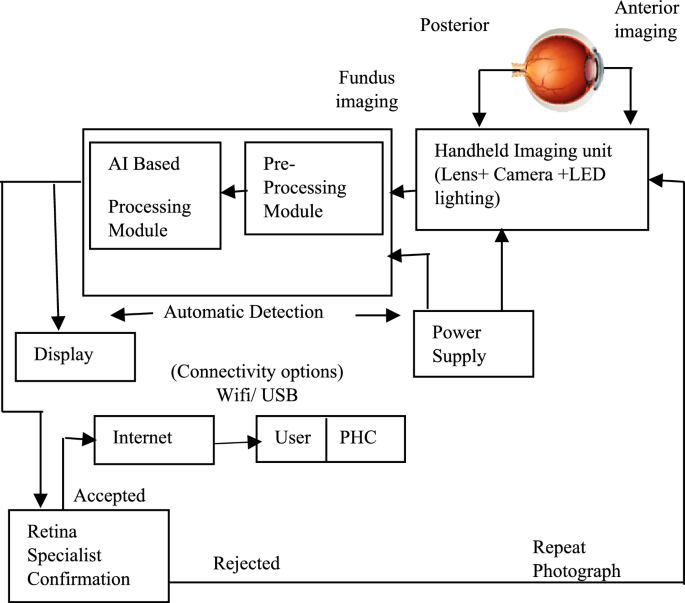AI Eye Exams Could Detect Heart Disease, Diabetes And More Earlier

AI-powered retinal imaging closes healthcare gaps, enables earlier intervention, and reveals new insights into systemic diseases across diverse populations.
Image by freepik
Retinal imaging, once a niche tool reserved for specialists, has transformed into a foundation for accessible healthcare innovation. Imagine peering into a patient’s eye and, within seconds, uncovering the earliest clues not just of vision loss but of heart disease, diabetes or even cognitive decline. Current technology and research highlight this global shift. AI-powered retinal imaging closes healthcare gaps, enables earlier intervention and reveals new insights into systemic diseases across diverse populations.
AI Expands Access to Retinal Imaging
Retinal imaging provides clinicians with a window into the body’s vascular and neurological health, detecting silent signs of eye diseases such as diabetic retinopathy and age-related macular degeneration, as well as systemic illnesses like hypertension and cardiovascular disease. AI accelerates this process, analyzing retinal images with increasing accuracy and speed, even in resource-limited settings. Open-source models and adaptive optics combined with machine learning are driving down costs and bringing high-quality scans — and earlier diagnoses — to rural clinics and urban hospitals alike.
Foundation models such as RETFound and FLAIR, along with new generative models, extract features from millions of unlabeled retinal images. Unlike earlier AI models that required labeled datasets and focused on narrow tasks, these models adapt to a range of clinical needs with minimal manual annotation. RETFound-enhanced screening increases sensitivity and specificity, improving outcomes in both urban and rural settings. These advances support progress in low- and middle-income countries and underserved communities worldwide.
AI-powered retinal analysis changes chronic disease management and preventive care. Early diagnosis of diabetic retinopathy, age-related macular degeneration and glaucoma enables timely intervention and reduces preventable blindness. Retinal scans also help predict or monitor risk for heart attack, stroke and neurodegenerative disorders such as Alzheimer’s disease. By quantifying vascular and neural changes, clinicians track disease progression and tailor treatments more precisely in hospitals and through teleophthalmology.
AI Retinal Imaging Drives Community Health Impact
The AI-driven retina image analysis market is expanding rapidly, with revenues expected to increase significantly between 2024 and 2034, driven by growing demand, technological advances and rising global disease prevalence. AI’s labor-saving annotation and decision-support functions minimize the burden on clinicians, cut the cost of care and enable scalable screening even in population-scale health programs.
Community health initiatives can benefit from using foundation models for eye disease screening, particularly in areas with clinician shortages and limited resources. Open-source models and lower-cost AI devices help reduce disparities in access to eye care. In neonatal care, AI-powered imaging systems enable bedside diagnosis of conditions such as retinopathy of prematurity, supporting proactive protection instead of reactive treatment.
AI Shapes the Future of Community Health
Scaling AI in retinal imaging requires harmonized data standards, diverse datasets and attention to ethical and regulatory issues. Although AI models continue to improve, challenges persist. These include translating research into real-world outcomes, collecting longitudinal data and building trust among clinicians and patients. As AI systems become increasingly central to eye care, they support research that links ocular biomarkers to genomics, cardiovascular health and neurological health.
AI-powered retinal imaging broadens the impact of eye care and supports systemic health monitoring. As diagnostics become more precise and accessible in both hospitals and remote clinics, they enable earlier detection, personalized treatment and healthier communities. These advances shift preventive and precision medicine, making routine eye scans a tool for monitoring overall health, reducing disability and improving lives at scale.
link





